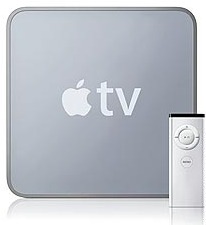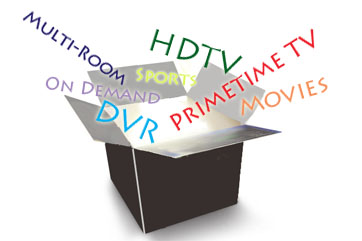Buried toward the end of this morning’s WSJ article on Sony is a short blurb on Apple TV:
Apple’s set-top device called Apple TV, which lets users play music and video from their computer-based iTunes library, has not been selling strongly since it went on sale earlier this year, analysts say.
 I had numerous debates with people when Apple TV first launched about how successful it could be. Then and now the biggest argument for Apple TV has always been that it has the potential to become so much more. If you add HD content to iTunes it could be a great HD video machine. If you add a TV tuner and DVR features it could replace your set-top. If you give people a chance to pay a premium for no DRM, it could transform the video purchasing experience.
I had numerous debates with people when Apple TV first launched about how successful it could be. Then and now the biggest argument for Apple TV has always been that it has the potential to become so much more. If you add HD content to iTunes it could be a great HD video machine. If you add a TV tuner and DVR features it could replace your set-top. If you give people a chance to pay a premium for no DRM, it could transform the video purchasing experience.
Unfortunately, each “if” is fraught with complications. The content companies are fiercely protective of their content and only want to work with Apple on their own terms. This goes double where HD video is concerned given fears of piracy and lost revenue. As for consumers, they (we) want access to content they’re used to getting from their cable, satellite or telecom company, and that means dealing with CableCARDs or some other workaround technology. No simple task.
